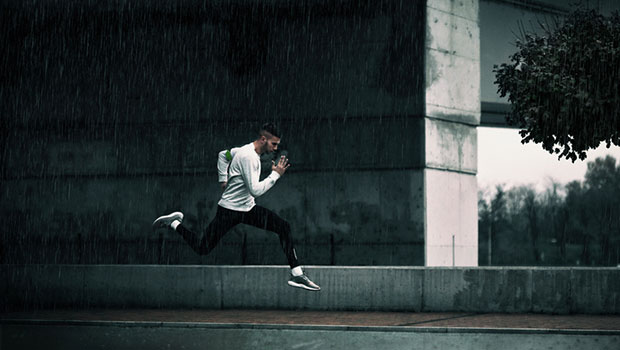
Endurance athletes are in constant pursuit of improved speed, strength and durability. We'll wear special shoes, buy into fancy therapies, and subscribe to designer diets all with hopes of becoming better runners.
Whether or not these things make a difference depends on the individual and the approach, proving there are few measures that work for everyone. An exception, however, is the warm-up. One of the most time-tested running practices, studies show that it enhances performance and prevents injuries for just about anyone who has ever laced up a pair of kicks.
Despite being one of the oldest tricks in the book, research on warming up continues to be conducted. Most recently, a study published in the Journal of Science and Medicine in Sport emphasized why putting a bit of effort into your warm-up is particularly important. Upon recruiting a group of well-trained distance runners, the researchers guided runners through a warm-up routine that included a traditional 10-minute self-paced jog, and strides with or without a weighted vest. The scientists also monitored participants during a series of jumps and a treadmill test.
Most notably, the study showed a significant uptick in peak running speed and running economy after the participants warmed up with the weighted vest. They concluded that the strides with the vest had a "priming effect," in that the exercise helped ready the runners' legs for subsequent performance. While it is no surprise that a warm-up had an impact, this research demonstrates that the type of warm-up you do matters.
More: 7 Best Plyometric Exercises to Improve Running Economy
Why Warm Up?
Aside from priming your legs for exercise, there are other vital reasons to warm up. At the most basic level, it does just what the term suggests--it increases the temperature of your muscles so they can contract and relax more efficiently.
More: How to Run Relaxed
"We want the core and peripheral temperature to rise to get the body ready to roll into the actual pace and effort demand of the given workout," explains Todd Weisse, head coach of the Williamsburg Track Club in New York City and director of Operations of Track and Field and Cross Country at Columbia University. "The second purpose is to get the central nervous system revving. Without a warm-up that approximates the feel of the hard work you're about to do, you often cannot emotionally accomplish the workout well."
Your muscles need a bit of forewarning before high-intensity exercise ensues, but so does your mind.
"The warm-up is a time for me to remind athletes that the focus is on the goals we are moving towards and how this particular workout fits into the overall picture," Weisse adds.
By prepping your brain to expect the upcoming hard running session, you are more likely to persist in the face of self-doubt, screaming muscles and busting lungs.
How to Warm Up
While you don't necessarily need to wear a weighted vest, the most recent research points to the fact that the best warm-ups aren't simply comprised of a few minutes of easy jogging around the track. Weisse emphasizes the importance of tailoring your warm-up for the activity, whether that be 100-meter sprints or a long tempo run.
More: Strength Program for Runners
"For sprints, the nature of the workout is far more explosive due to the start reaction, the initial movements of the start, and the demands of the event itself," he says.
- 1
- of
- 2
Get ACTIVE on the Go


Couch to 5K®
The best way to get new runners off the couch and across the finish line of their first 5K.
Available for iOS | Android






Discuss This Article